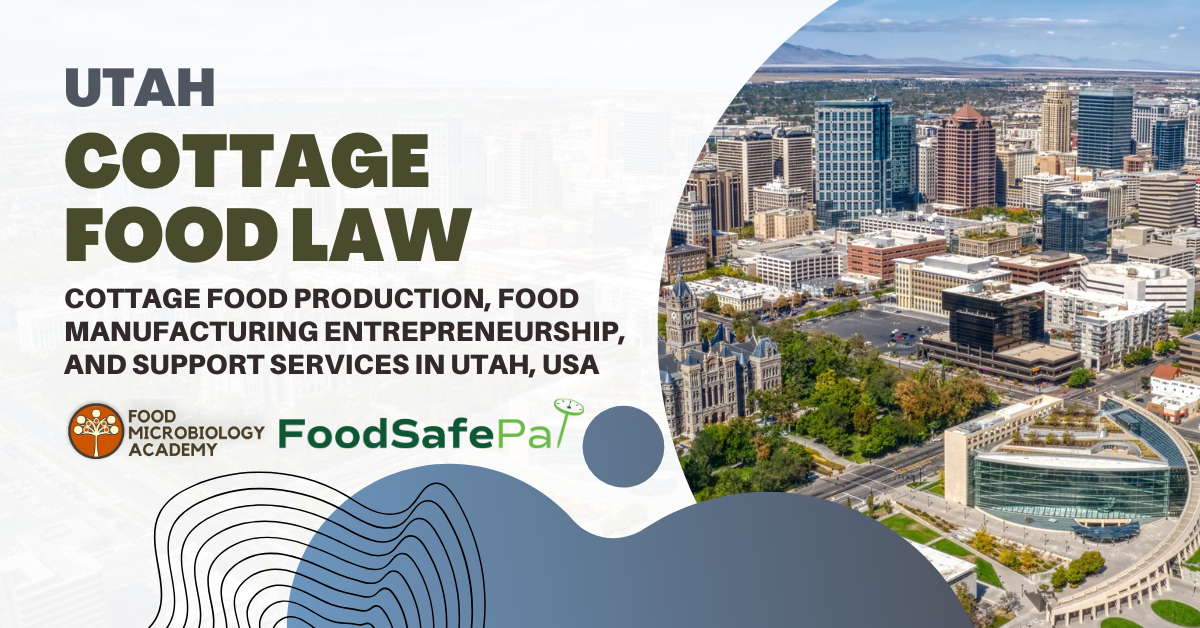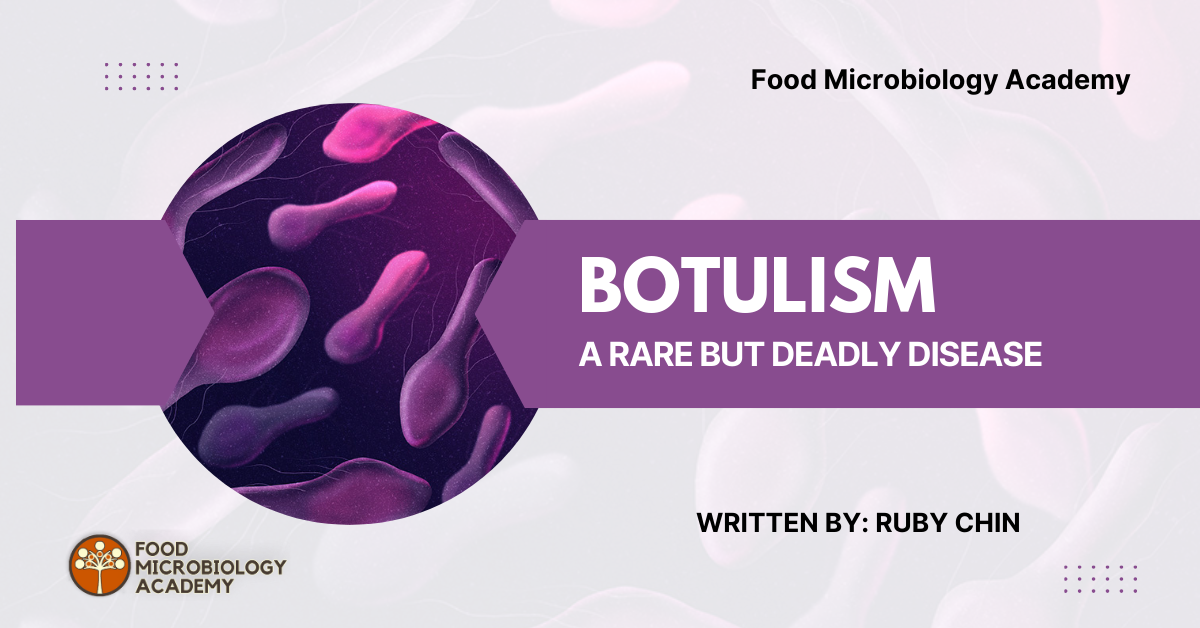Bacteriocins as Antibiofilm Agents: An Analysis of Feasibility
Biofilm formation is a significant challenge in the food manufacturing industry. These microbial communities, encased in a self-produced matrix of extracellular polymeric substances (EPS), are notoriously difficult to eliminate. They can adhere to food contact surfaces, leading to contamination and posing severe risks to food safety. Traditional cleaning and sanitising methods are often ineffective against biofilms, making it essential to explore novel strategies for their control. Among the emerging solutions, bacteriocins garnered considerable attention due to their potential as antibiofilm agents. Understanding Bacteriocins and Their Mechanism of Action Bacteriocins are produced by various bacterial species, primarily lactic acid bacteria (LAB), which are commonly found in fermented foods. These peptides exhibit a broad spectrum of antimicrobial activity against closely related bacterial strains and, in some cases, even against more distantly related bacteria. The primary mechanism by which bacteriocins exert their antibacterial effects is through pore formation in the target cell membrane, leading to cell lysis and death. However, the role of bacteriocins in disrupting biofilms goes beyond simple bacterial killing. Recent studies have demonstrated that bacteriocins can interfere with biofilm formation at multiple stages, including initial adhesion, maturation, and dispersion. This multifaceted mode of action makes bacteriocins promising candidates for biofilm control in food processing environments. Efficacy of Bacteriocins Against Foodborne Pathogen Biofilms Several studies have investigated the effectiveness of bacteriocins against biofilms formed by foodborne pathogens. For instance, bacteriocin-producing strains such as Lactobacillus plantarum have shown the ability to inhibit the biofilm formation of Listeria monocytogenes, a notorious foodborne pathogen. The bacteriocins produced by these strains were found to disrupt the EPS matrix, rendering the biofilm structure more susceptible to sanitizing agents (Pang et al., 2022). Similarly, nisin, one of the most well-characterized bacteriocins, has been extensively studied for its antibiofilm properties. Nisin has been shown to inhibit the growth of biofilms formed by Staphylococcus aureus and Escherichia coli, two pathogens commonly associated with foodborne illnesses. The peptide’s ability to penetrate the biofilm matrix and disrupt the membrane integrity of embedded cells makes it an effective tool for biofilm control (Simons et al., 2020). Challenges and Considerations in Implementing Bacteriocins in Food Manufacturing Despite the promising results, the application of bacteriocins as antibiofilm agents in food manufacturing is not without challenges. One of the primary concerns is the potential development of resistance among target bacteria. Just as with antibiotics, prolonged exposure to sub-lethal concentrations of bacteriocins could select for resistant strains, potentially undermining their efficacy. Moreover, the stability of bacteriocins under various food processing conditions, such as high temperatures and varying pH levels, needs to be carefully evaluated. While some bacteriocins are relatively stable, others may lose their activity when exposed to harsh processing environments. This variability in stability must be accounted for when designing bacteriocin-based interventions. Another critical factor is the regulatory landscape. The use of bacteriocins in food products is subject to strict regulations, which vary by region. Manufacturers must navigate these regulations to ensure that their use of bacteriocins complies with safety standards and does not pose risks to consumers. Future Directions and Conclusion The feasibility of using bacteriocins as antibiofilm agents in food manufacturing is supported by a growing body of evidence. These peptides offer a natural and potentially effective means of controlling biofilms, which could complement existing sanitation practices and enhance food safety. However, further research is needed to address the challenges associated with their application, including the risk of resistance development, stability under processing conditions, and regulatory compliance. As the food industry continues to seek innovative solutions to ensure the safety and quality of food products, bacteriocins represent a promising avenue for exploration. By leveraging the natural antimicrobial properties of these peptides, manufacturers can potentially reduce the incidence of biofilm-related contamination, ultimately protecting public health and preserving the integrity of the food supply chain. References:







